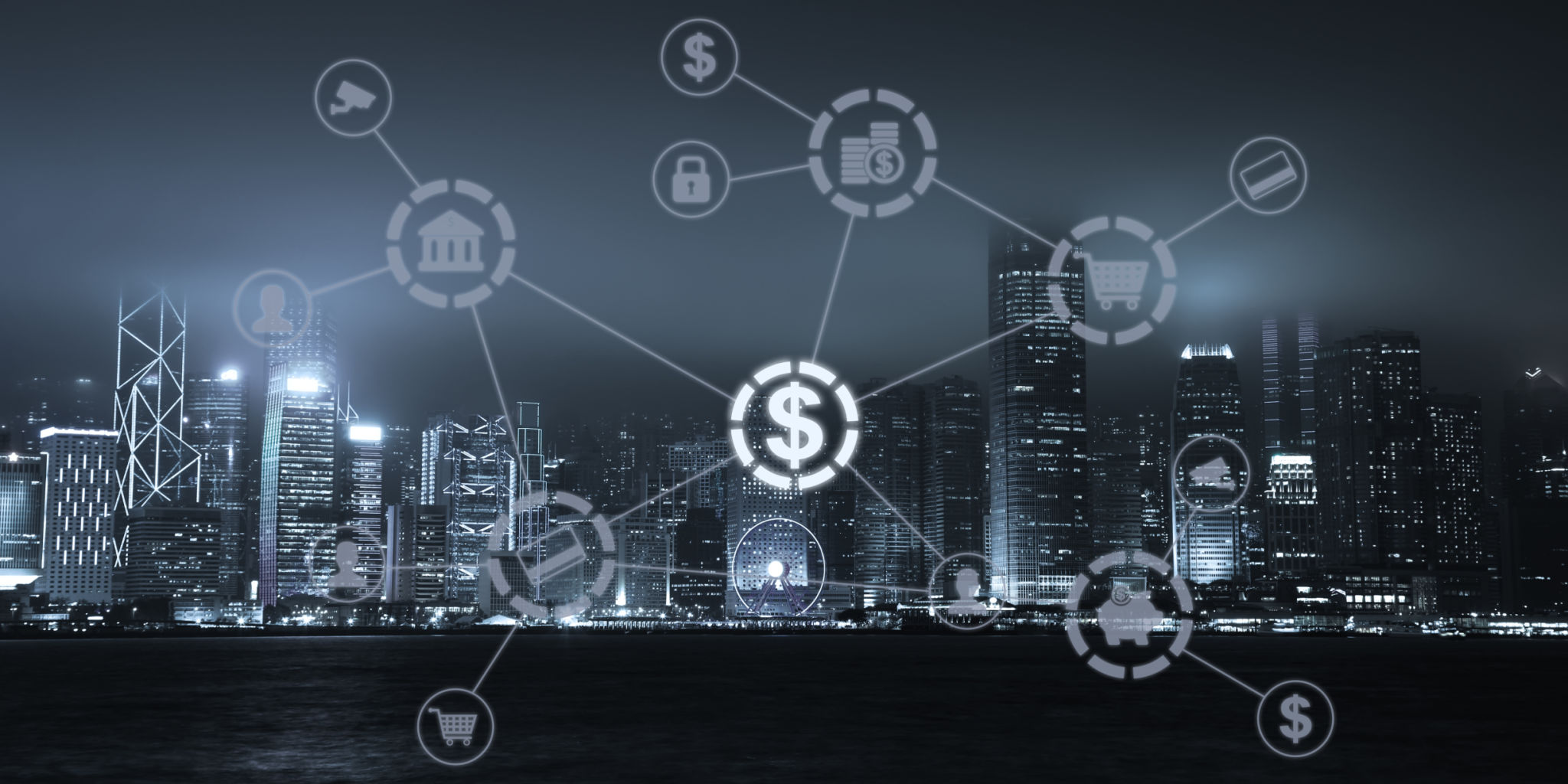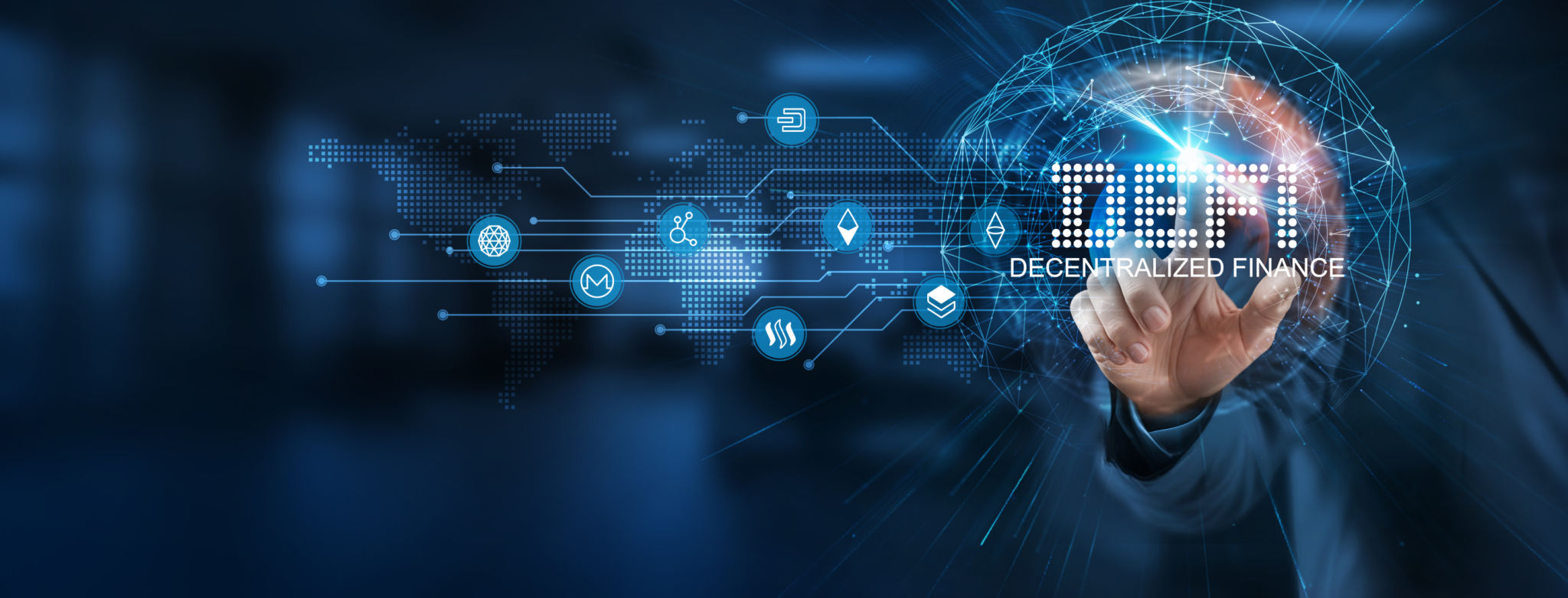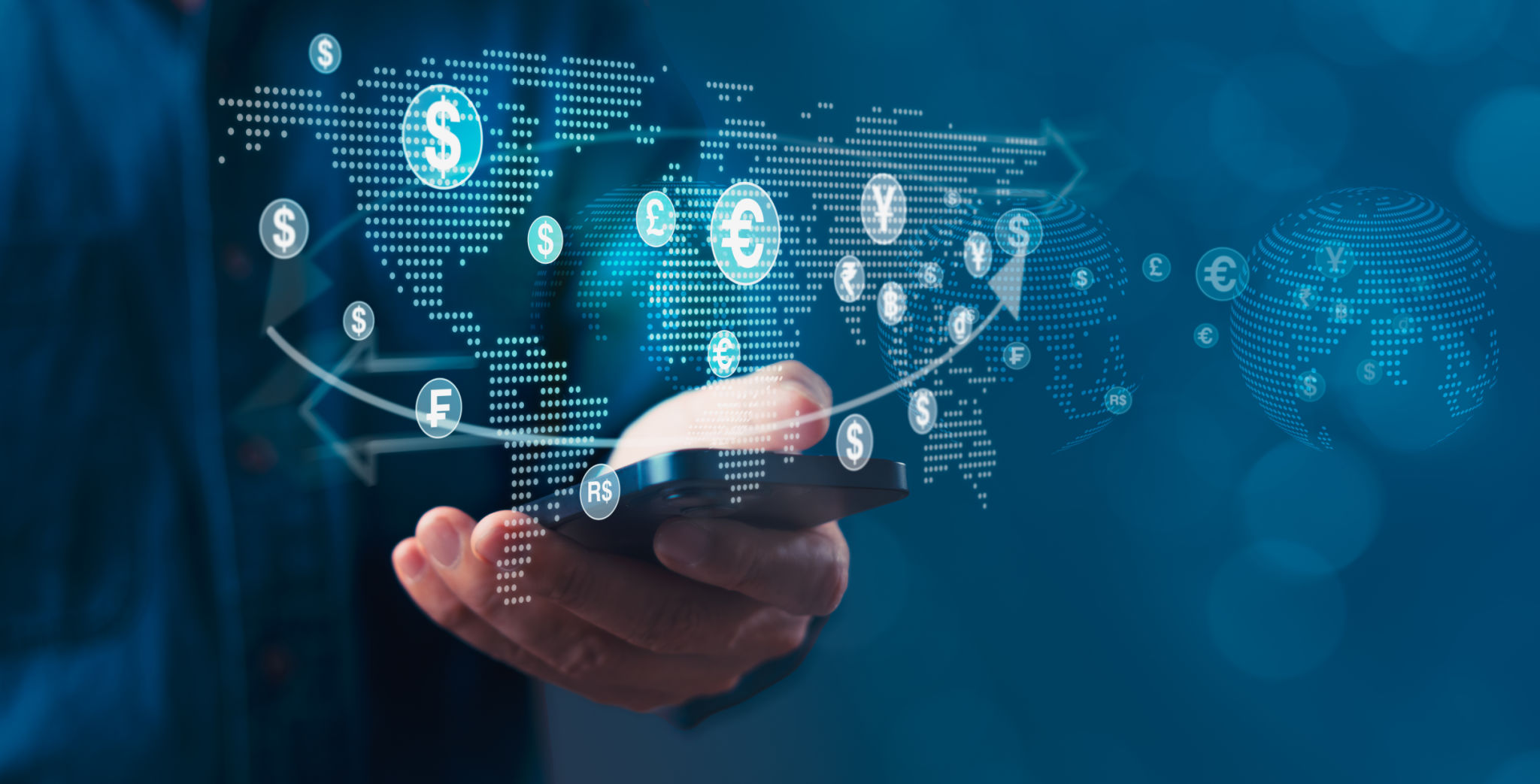How Telcoin Can Change the Banking System
Telcoin's financial revolution
In a world where billions remain unbanked or underserved by traditional financial institutions, Telcoin emerged with a bold mission: to reshape the global financial system using the power of blockchain and mobile technology. Founded in 2017, Telcoin recognized a critical gap—banks were slow, expensive, and inaccessible to many, while mobile phones were everywhere.
Instead of trying to fix the old banking model, Telcoin built a new one—faster, cheaper, and more inclusive—by partnering with telecom providers. This innovative approach allowed users to send money instantly, without needing a bank account, paperwork, or a trip to a branch. What began as a solution for international remittances quickly evolved into a broader movement to decentralize finance and put economic power directly into the hands of everyday people..

The Problem With Traditional Banking Systems
For over a century, banks have acted as gatekeepers to financial access. But for billions of people—especially in developing nations—banking remains expensive, slow, and exclusionary. High transfer fees, long wait times, minimum balance requirements, and lack of access to physical branches all contribute to financial inequality.

Telcoin is stepping in to challenge this outdated system—not by replacing it with another centralized authority, but by building a new framework powered by blockchain and mobile technology. It targets the unbanked and underbanked with a faster, cheaper, and more inclusive approach.
Telcoin and the Rise of Mobile Money
Telcoin bridges telecom providers with blockchain, allowing users to send money directly through their phones. Unlike banks, which require a lot of infrastructure and paperwork, Telcoin only needs a mobile phone and internet connection. This model works especially well in countries like Kenya, Nepal, and the Philippines, where mobile money already plays a key role. By adding crypto rails to existing telecom infrastructure, Telcoin is removing layers of inefficiency while reducing reliance on banks entirely.

What makes Telcoin powerful is its connection to mobile carriers, which reach more people than banks—especially in rural or low-income areas. Many people have phones but no bank access, and Telcoin turns those phones into financial tools.
It removes the need for middlemen like SWIFT or correspondent banks. Instead, it uses blockchain and smart contracts to move money quickly and cheaply.
This isn't just an upgrade—it's a whole new way of banking that puts control directly in the hands of the people.
Telcoin’s Role in the Future of Digital Banking
Telcoin isn’t just competing with banks—it’s evolving the very definition of banking. As blockchain and mobile tech continue to merge, Telcoin positions itself as a “crypto-banking” solution that works on top of telecoms and decentralized infrastructure.
In the future, we may not visit a bank branch or even open a traditional bank account. Instead, banking could mean opening a crypto wallet tied to your phone number, earning yield, sending funds across the world, and accessing financial services instantly—powered by Telcoin.

The Impact on Traditional Banking
Telcoin's innovative approach challenges traditional banking models by offering an alternative that is not only more accessible but also more efficient. Banks may need to adapt their services and reduce fees to remain competitive in a world where digital currencies are becoming more prevalent.
This shift could lead to a more inclusive global financial system where everyone has access to essential services regardless of geographical location or economic status. As Telcoin continues to grow and expand its partnerships, it is poised to play a significant role in shaping the future of banking.
Conclusion: A New Era in Banking
The banking system as we know it is being redefined. Telcoin proves that the future of finance is mobile, decentralized, and inclusive. By removing borders, middlemen, and excessive fees, it creates a system where people—not institutions—are at the center of financial power.
In 2025 and beyond, the smartest move might not be walking into a bank. It might be downloading the Telcoin app.
